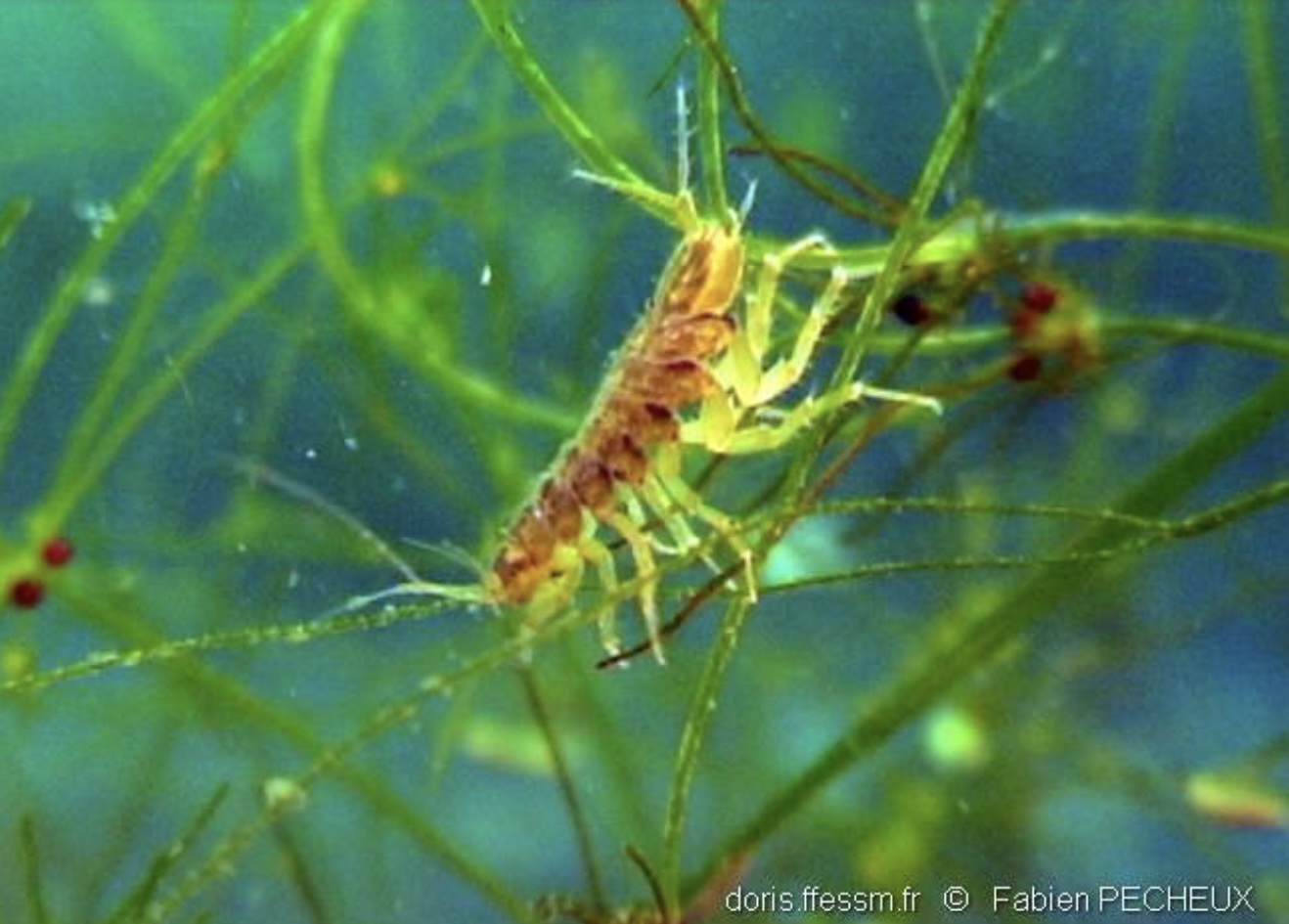Fiche élevage de l'aselle (Asellus aquaticus)
Aselle
Asellus aquaticus
- Ordre : Isopoda
- Famille : Asellidae
Les paramètres favorables :
- pH minimum et maximum : 4 - 9
- Température minimum et maximum : 1-27 °C
- Température optimale : 8 - 23 °C (pour le développement des embryons, il est préférable d'avoir une température entre 14,5 - 18,8 °C)
Reproduction :
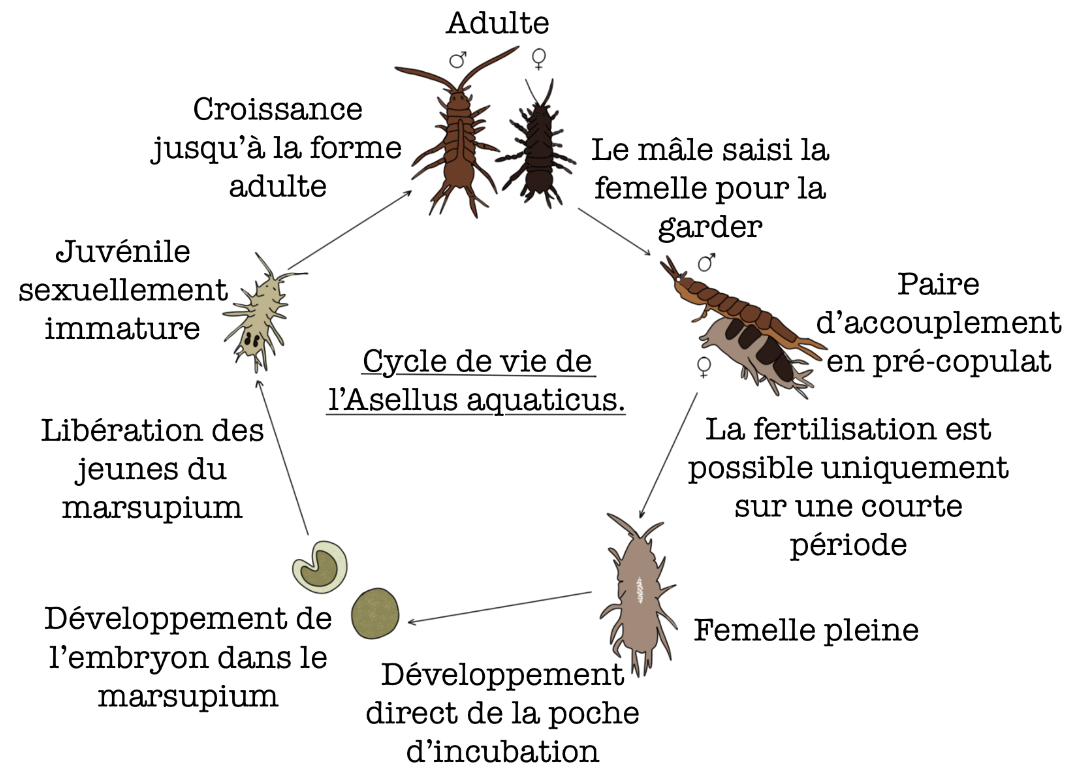
- Maturation : à températures chaudes, il faut quelques mois, alors cas températures froides, il faut 2 ans.
- Période : printemps et automne
- Nombre d'œufs : 100 à 200 par ponte
- Durée d'incubation : 3 à 6 semaines
- Reproduction tout au long de l'année à 18 °C
- Il n'y a pas de reproduction à température froide.
Alimentation :
Dans le milieu naturel :
- Détritivore
- Débris organiques
- Charogne
- Plante en décomposition
En aquaponie :
En cas de creux, nous pouvons les nourrir avec des granulés salmonidé ou du concombre.
Informations supplémentaires :
- Fuis la lumière / active la nuit
- Sert de proie pour la plupart des poissons
- Indicateur de la qualité de l'eau
- Mue et croît tout au long de sa vie
- En aquaponie, il est conseillé de faire un abri pour qu'il se cache. Par la suite, ils trouveront refuge dans les billes d'argiles.
- L'abri doit être un endroit différent du bassin, comme dit dans le livre "Débuter en aquaponie naturelle" de François PETIT-GOSGNACH.
.jpg)
Photo :
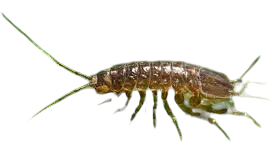
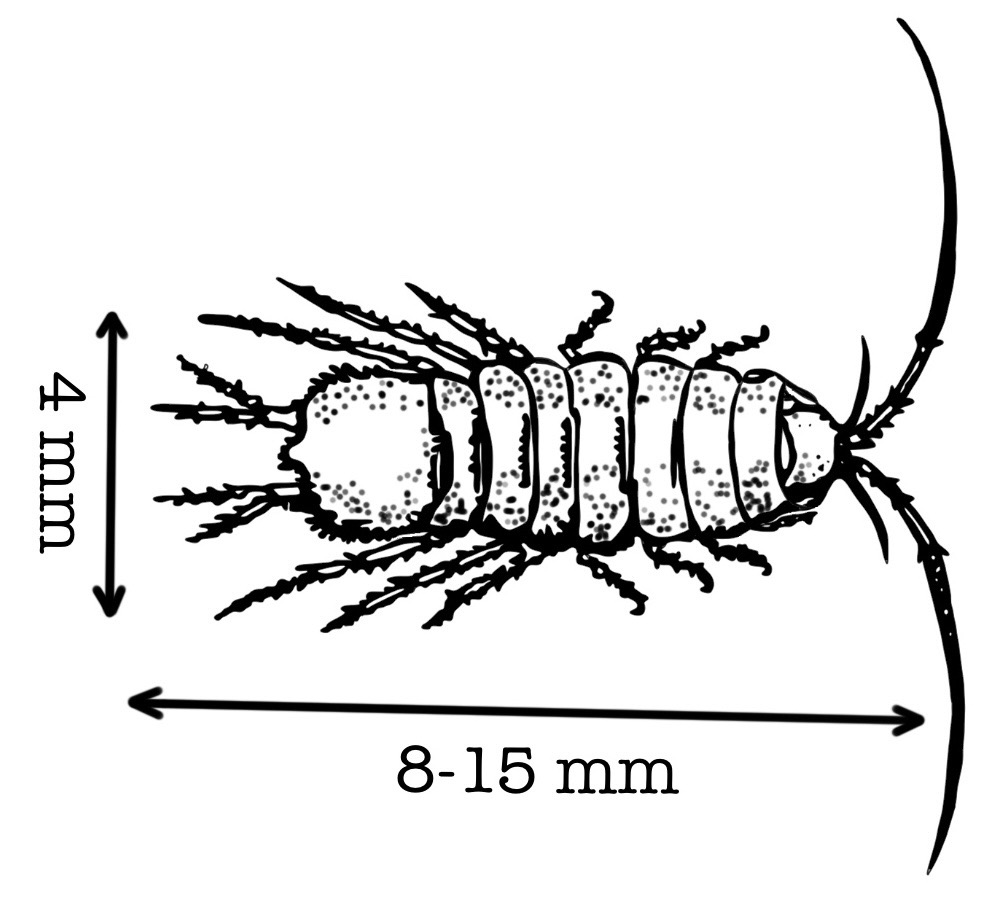
Aselle adulte (Wikimedia commons: Peter PFEIFFER)
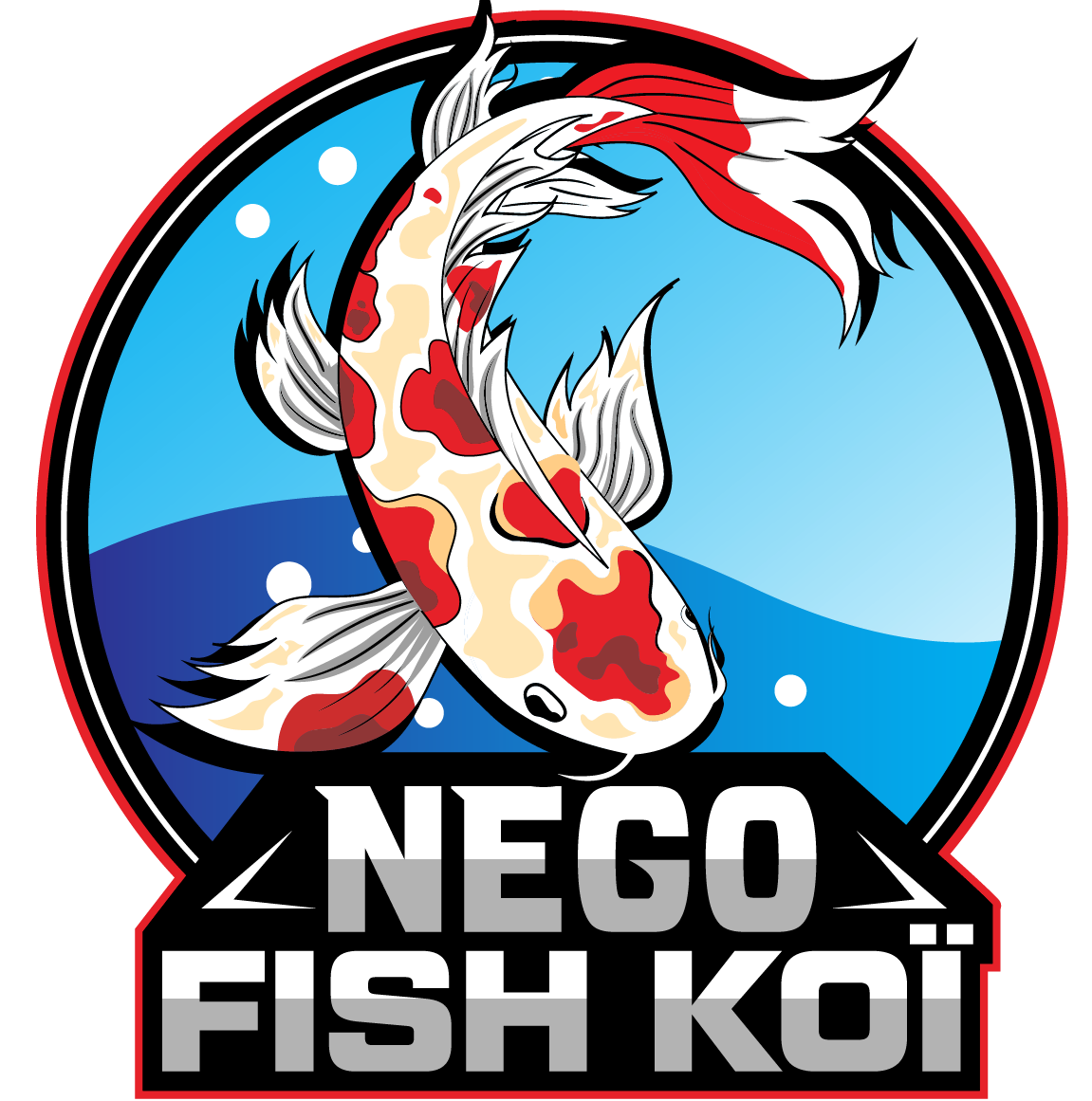
Bibliographie :
- Migliore, L., Paluzzi, R., & Vitagliano-Tadini, G. (1982). Reproductive activity in Asellus aquaticus L.(Crustacea, Isopoda) from southern Italy. International Journal of Invertebrate Reproduction, 4(6), 359-367.
-Herczeg, G., Nyitrai, V., Balázs, G., & Horváth, G. (2022). Food preference and food type innovation of surface-vs. cave-dwelling waterlouse (Asellus aquaticus) after 60 000 years of isolation. Behavioral Ecology and Sociobiology, 76, 1-11.
- Migliore, L., Paluzzi, R., & Vitagliano-Tadini, G. (1982). Reproductive activity in Asellus aquaticus L.(Crustacea, Isopoda) from southern Italy. International Journal of Invertebrate Reproduction, 4(6), 359-367.
-Herczeg, G., Nyitrai, V., Balázs, G., & Horváth, G. (2022). Food preference and food type innovation of surface-vs. cave-dwelling waterlouse (Asellus aquaticus) after 60 000 years of isolation. Behavioral Ecology and Sociobiology, 76, 1-11.
Partager ce contenu

 Accueil
Accueil
 Fiches élevages
Fiches élevages
 Invertébrés
Invertébrés
 Conseil aquaponique
Conseil aquaponique
 Partenaires
Partenaires
